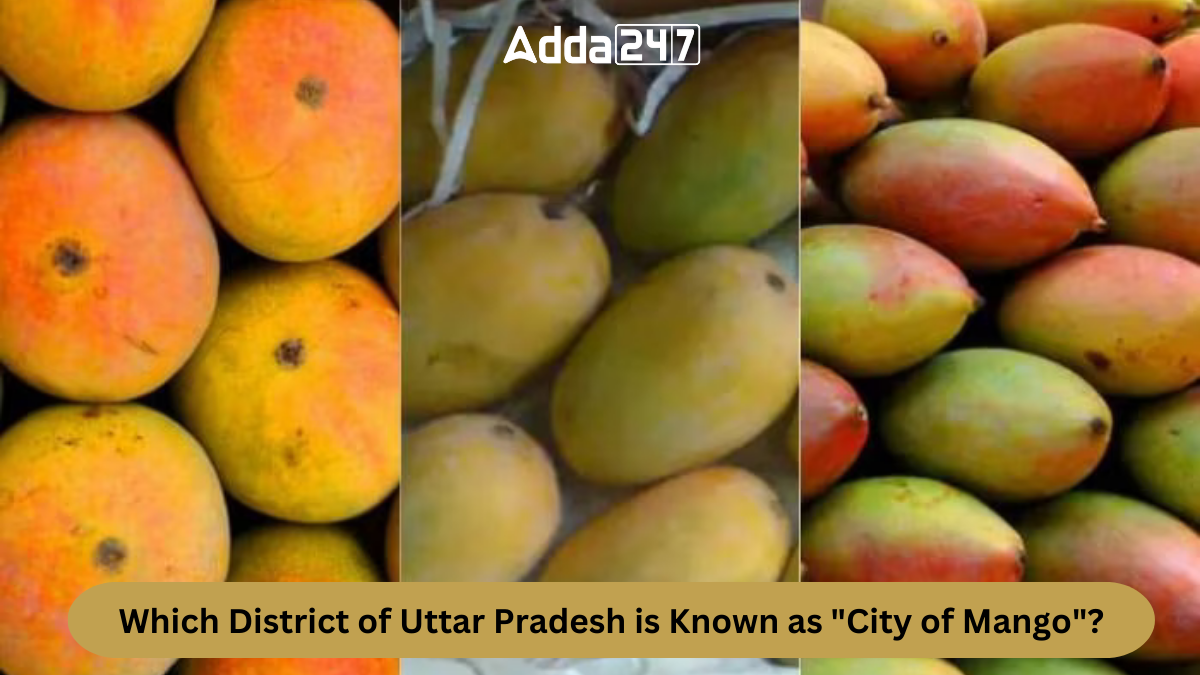Uttar Pradesh, the fourth-largest state in India, boasts vast expanses of land spanning 240,928 square kilometers. It holds the distinction of being the most populous state in the country, with a population exceeding 199 million as of the 2011 census. Each district within Uttar Pradesh has its own unique cultural heritage, contributing to the state’s diverse tapestry.
Uttar Pradesh State
Formerly known as the United Provinces, Uttar Pradesh acquired its current name upon India’s independence. Established on January 24, 1950, the state celebrates Uttar Pradesh Day annually on the same date. With a total of 75 districts organized into 18 divisions, Uttar Pradesh also comprises 822 community development blocks, 351 tehsils, and 17 municipal corporations.
Largest and Smallest Districts of Uttar Pradesh
Lakhimpur Kheri holds the title of the largest district in Uttar Pradesh, sprawling across 7,680 square kilometers, while Hapur claims the distinction of being the smallest district, covering an area of 660 square kilometers. Among its extremities, Ballia stands as the easternmost district, Saharanpur as the northernmost, Sonbhadra as the southernmost, and Shamli as the westernmost.
Which District of Uttar Pradesh is Known as Mango City?
The district of Lucknow in Uttar Pradesh is known as the Mango City. Renowned for its extensive mango cultivation, Lucknow boasts varieties like Lucknow Safeda, Chausa, Langra, and Ramkela, alongside the famous Dussehri mangoes. Its rich orchards and thriving mango industry have earned Lucknow the title of the Mango City, reflecting its agricultural prominence and cultural heritage.
Why is Lucknow known as Mango City?
Lucknow boasts extensive mango cultivation. Some of the prominent varieties of mangoes grown here include Lucknow Safeda, Lucknow Chausa, Lucknow Langra, and Ramkela. Additionally, Lucknow is renowned for its Dussehri mangoes. The abundance and variety of mangoes in this city have earned it the moniker of the Mango City.




 Which Country is Known as the Land of Ch...
Which Country is Known as the Land of Ch...
 Which Bird is known as the King of Birds...
Which Bird is known as the King of Birds...
 Which City of Austria is Known as the Ci...
Which City of Austria is Known as the Ci...







